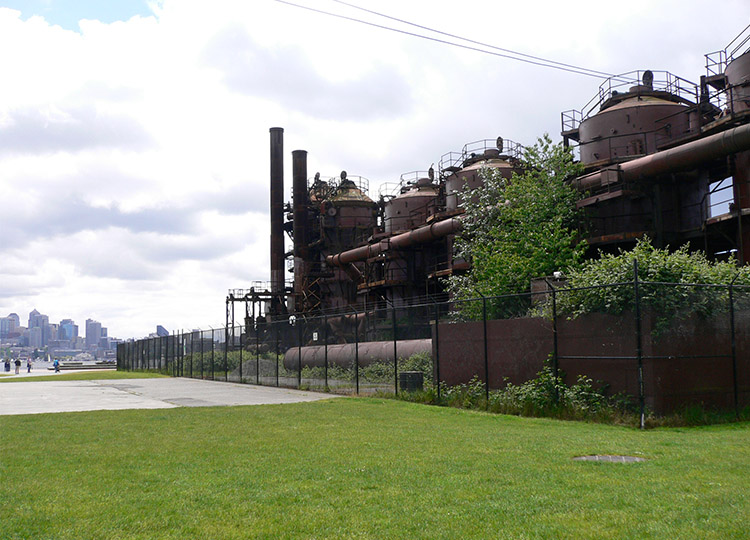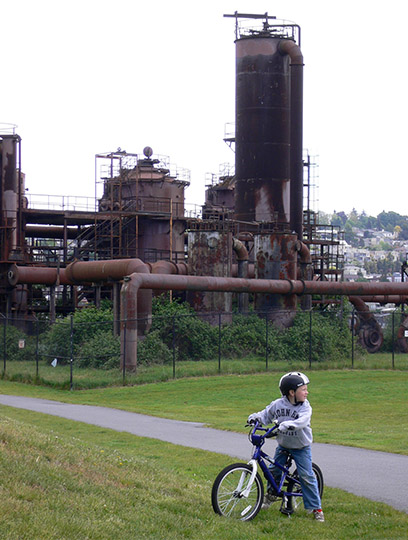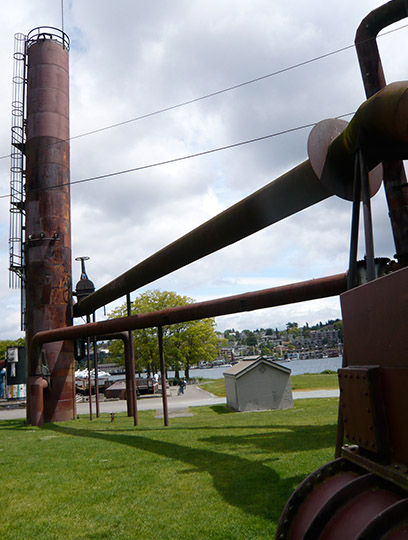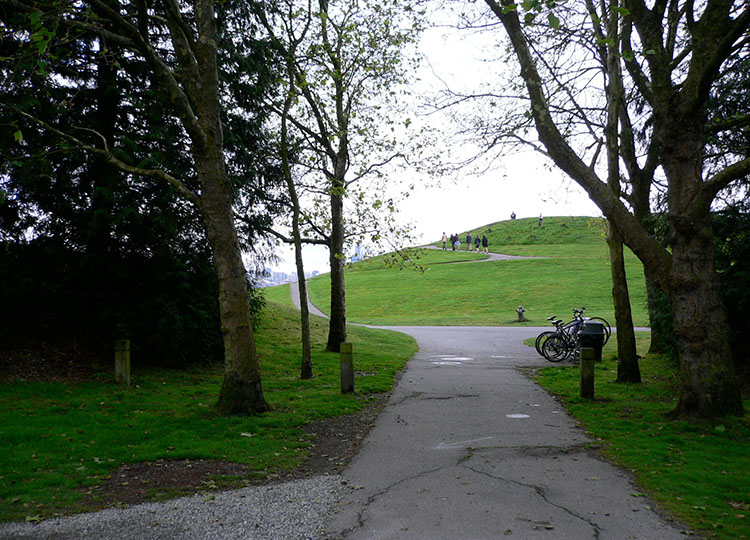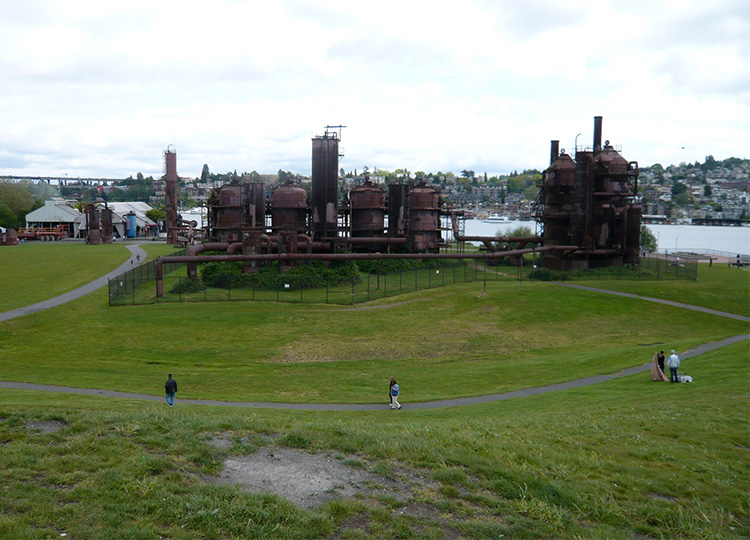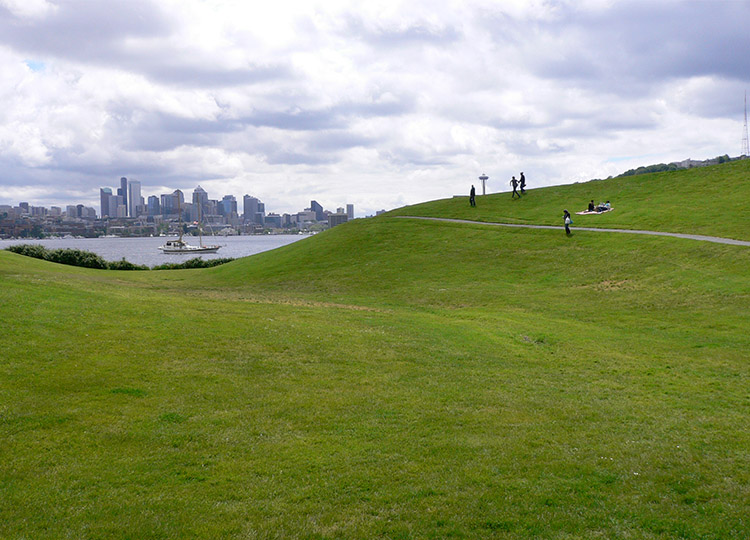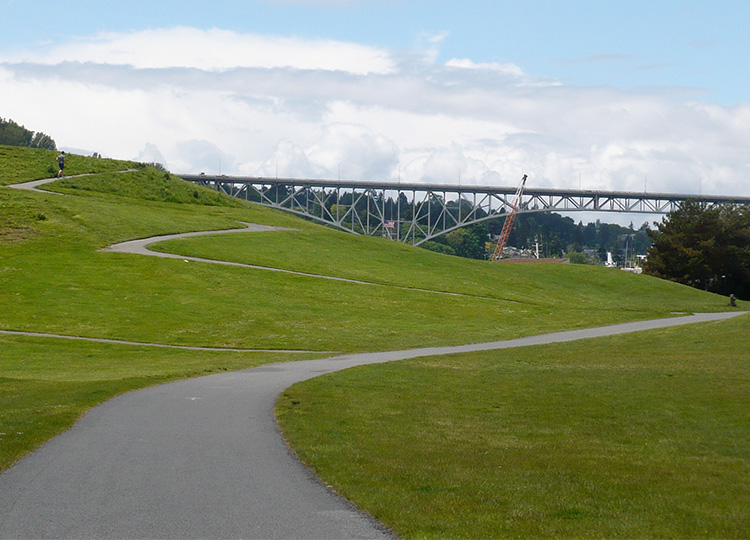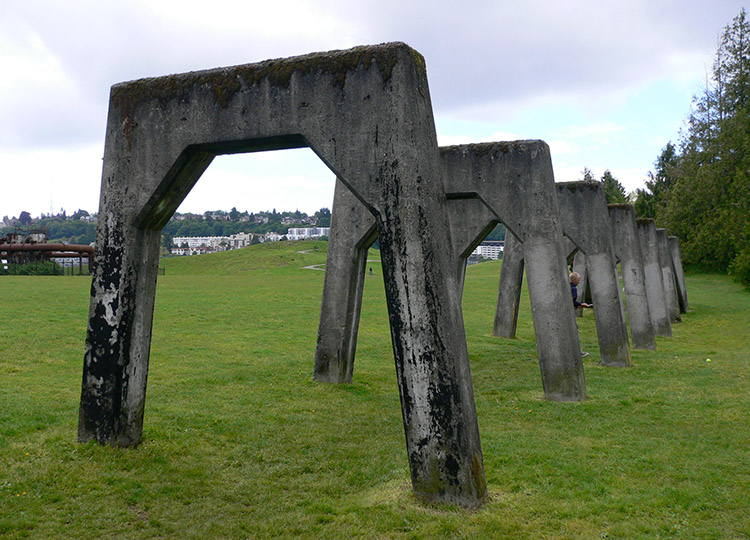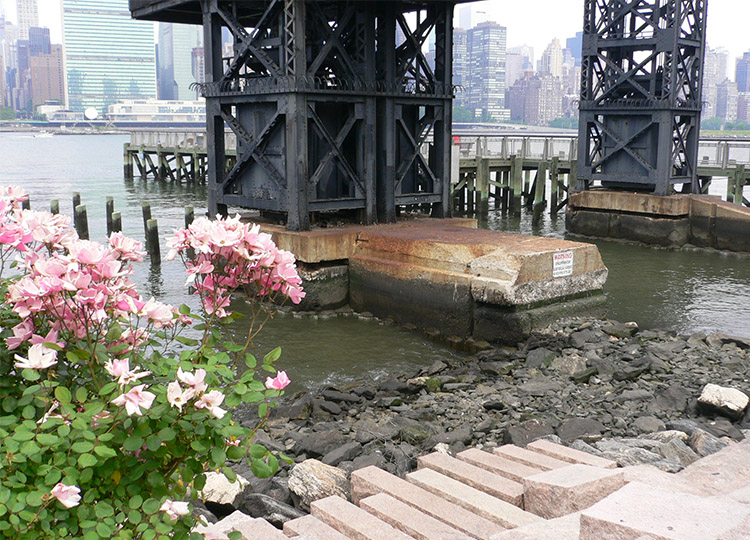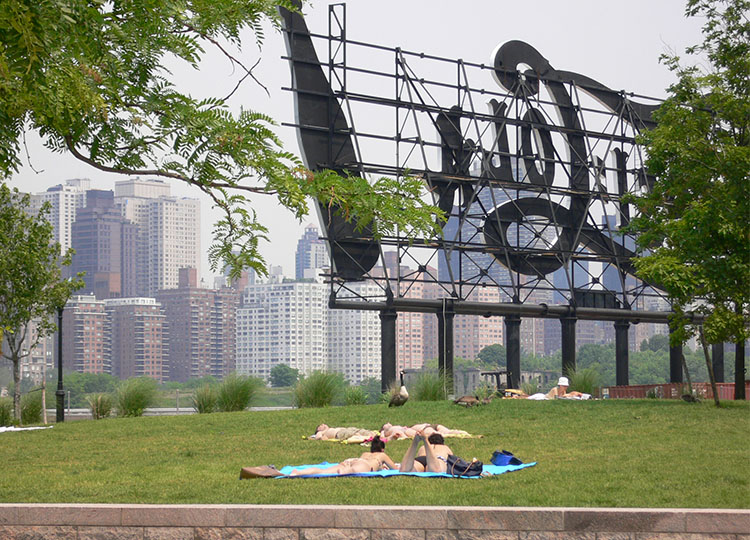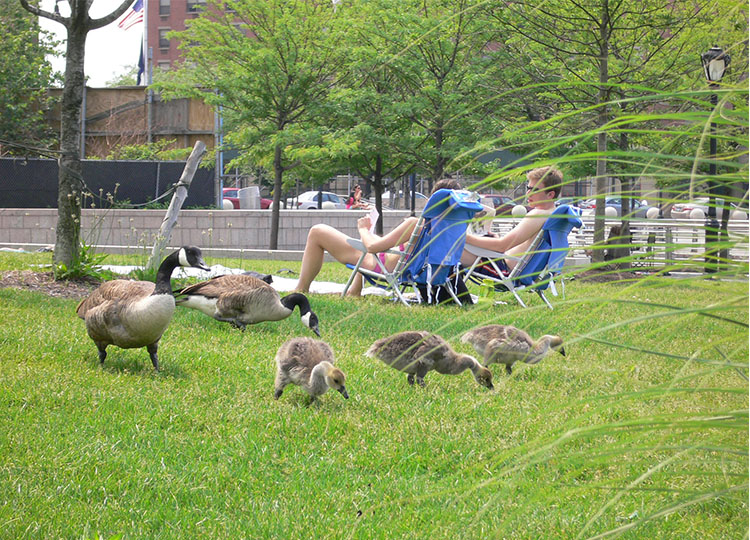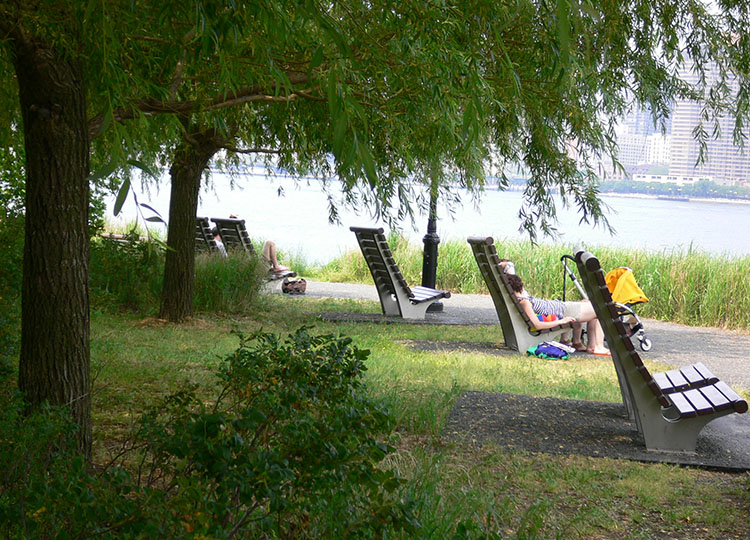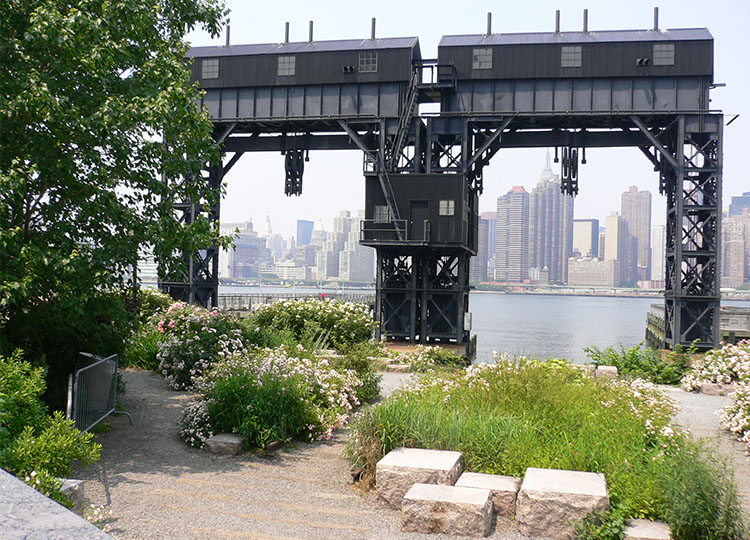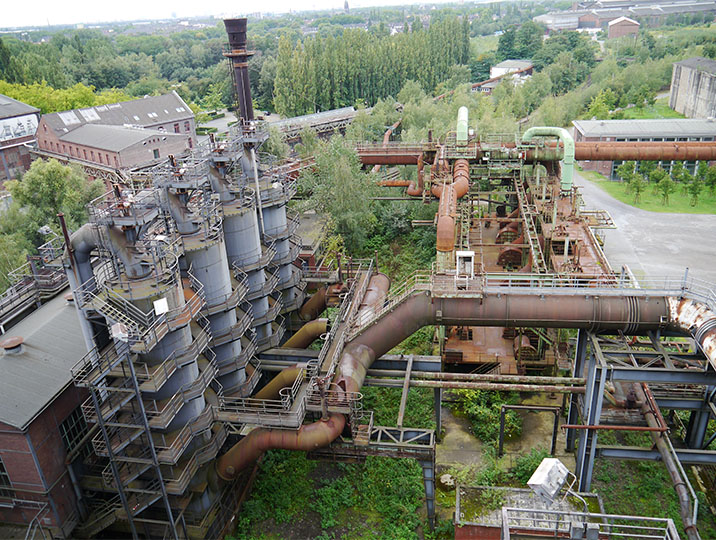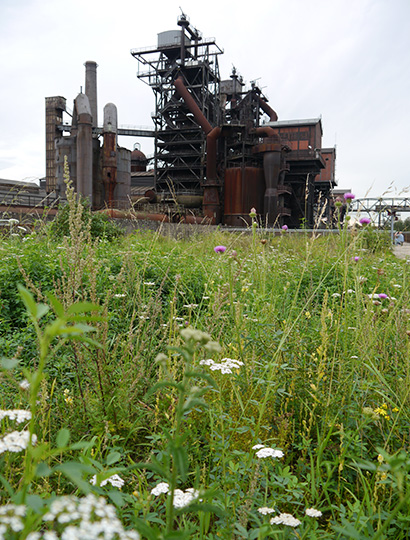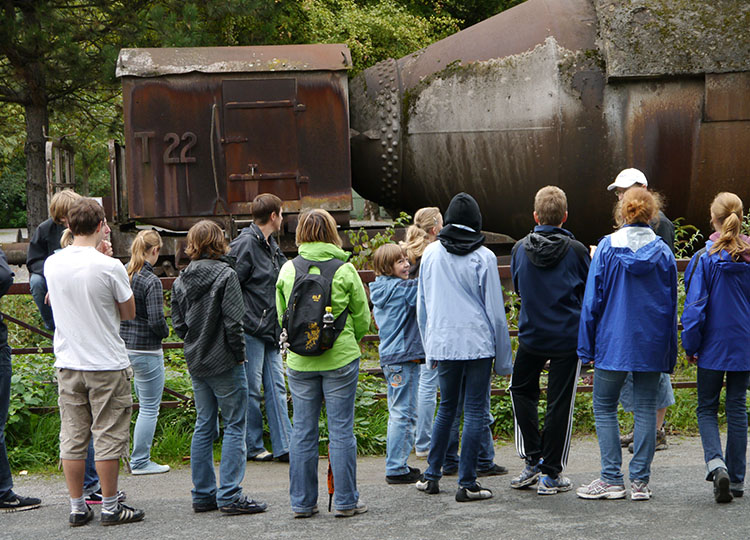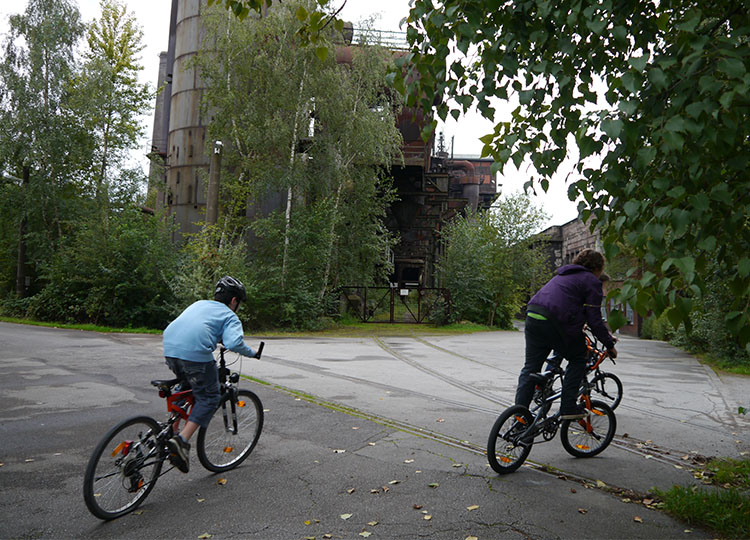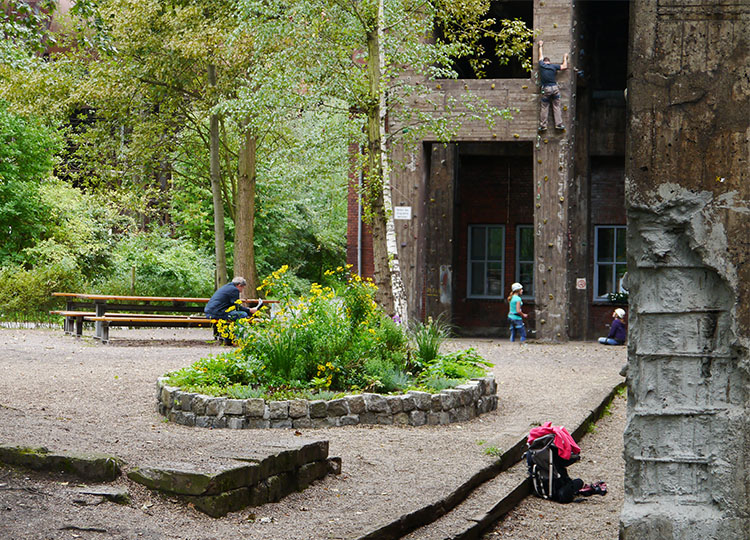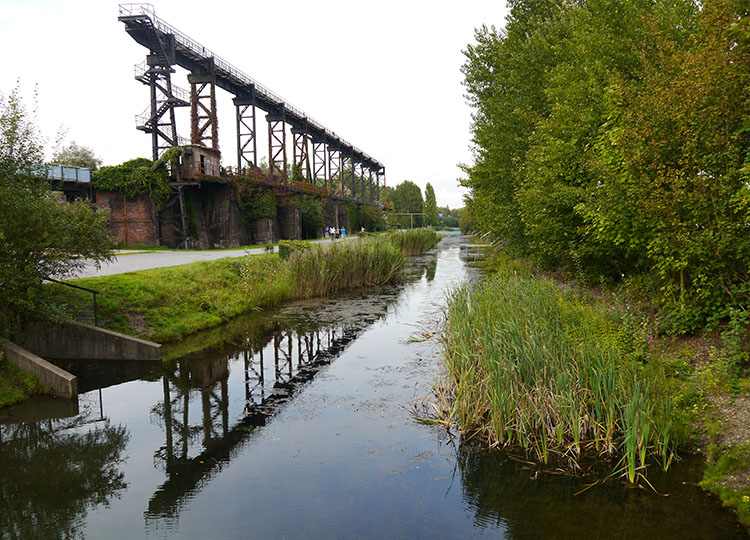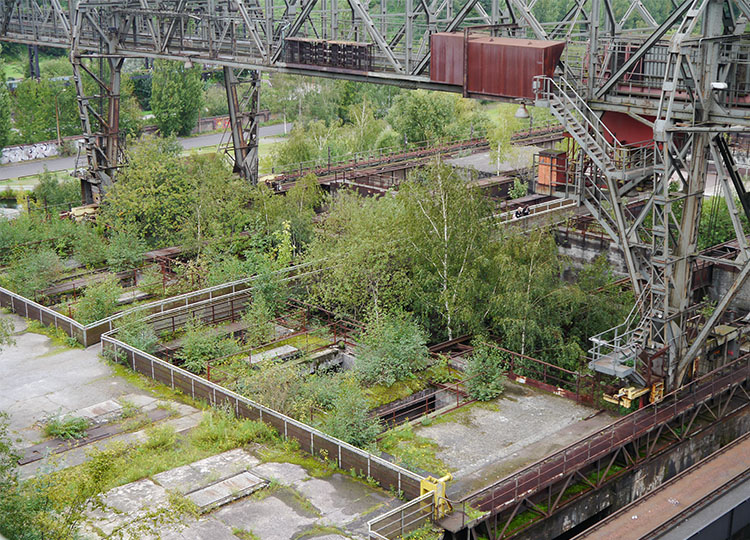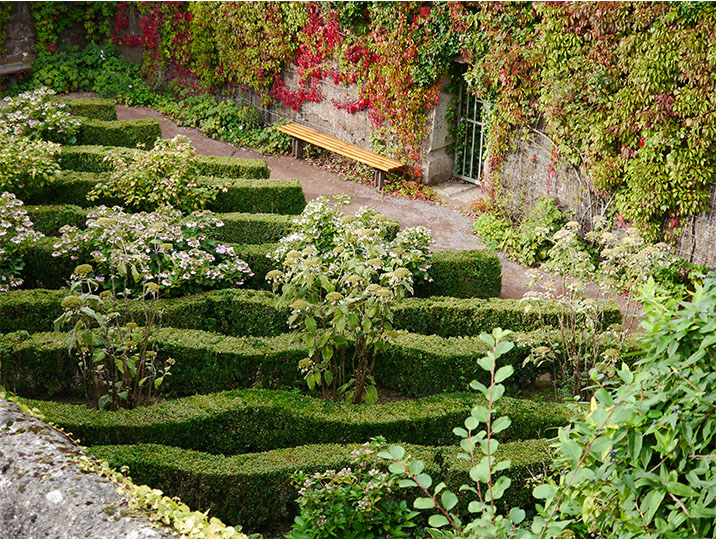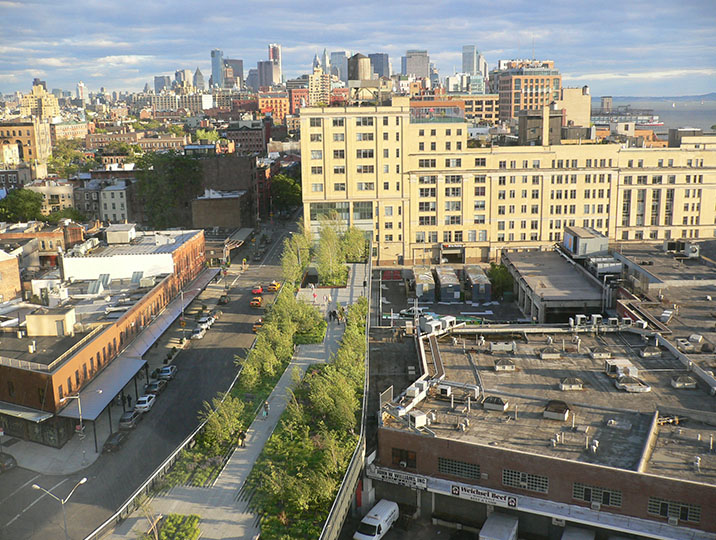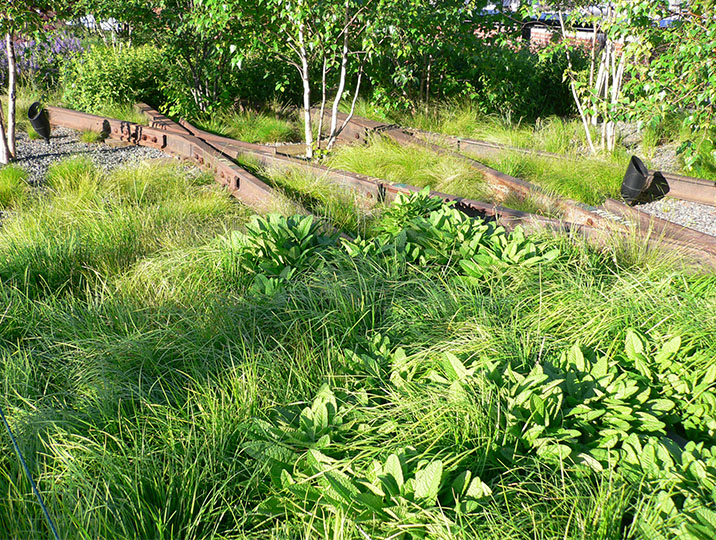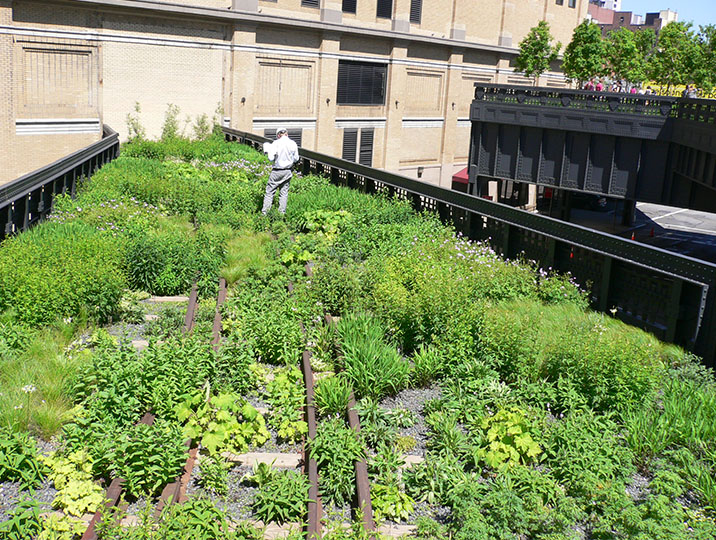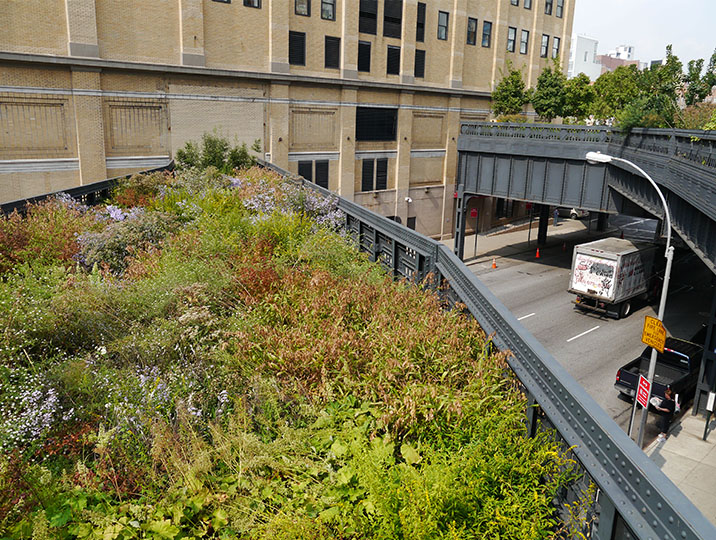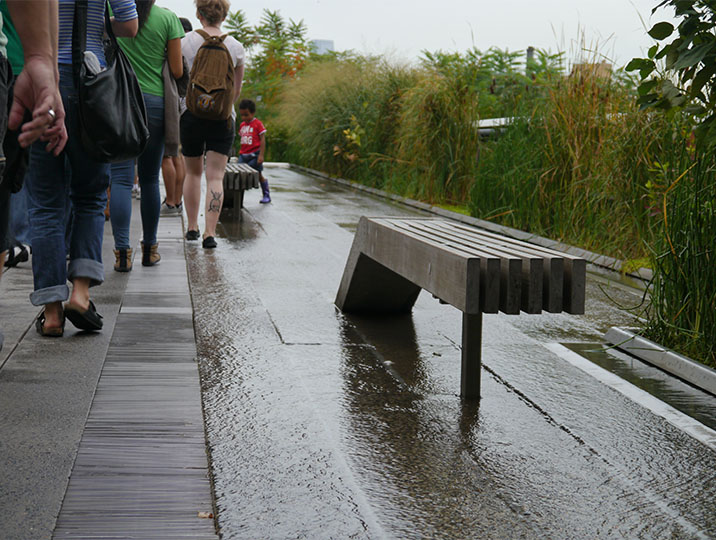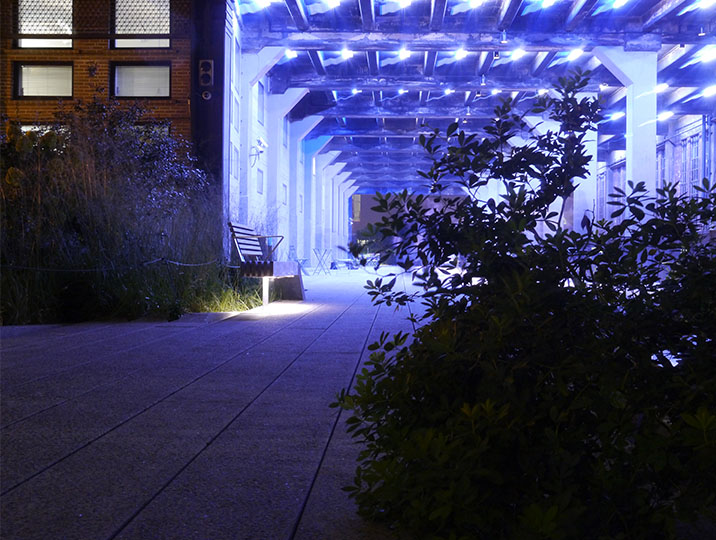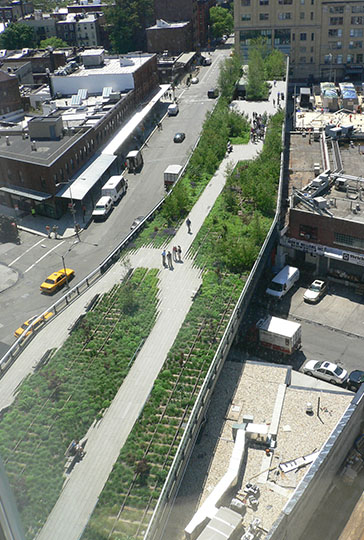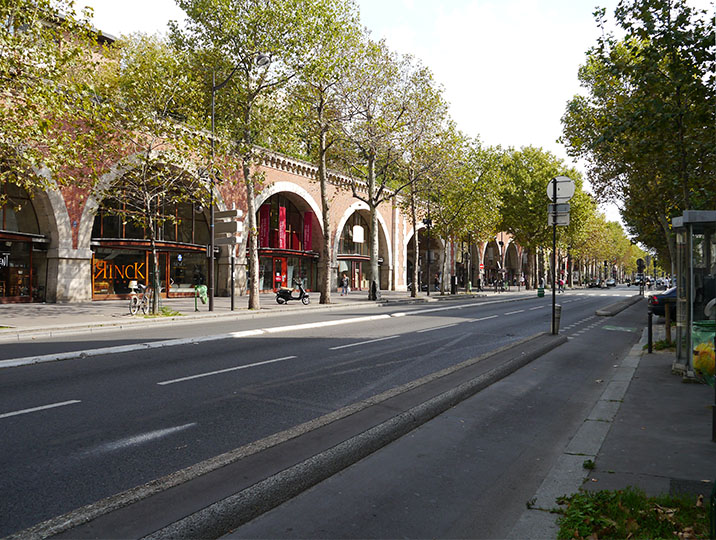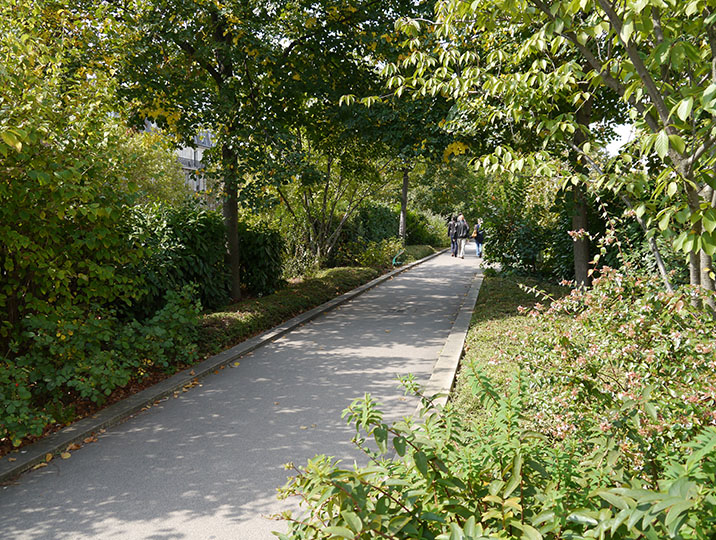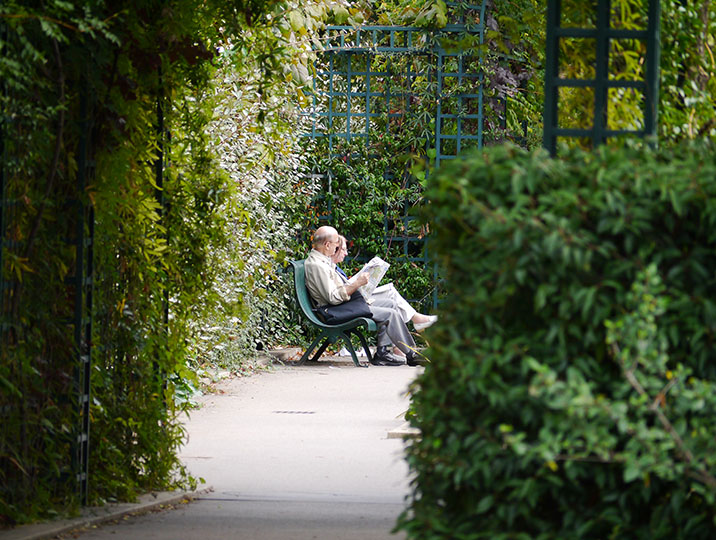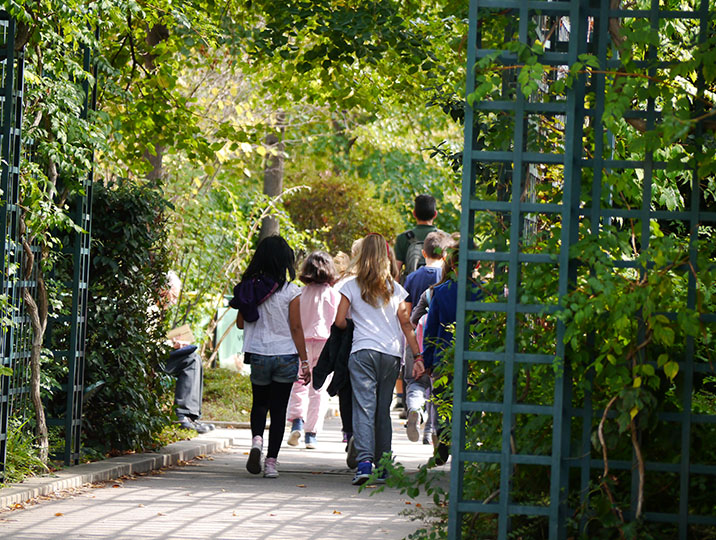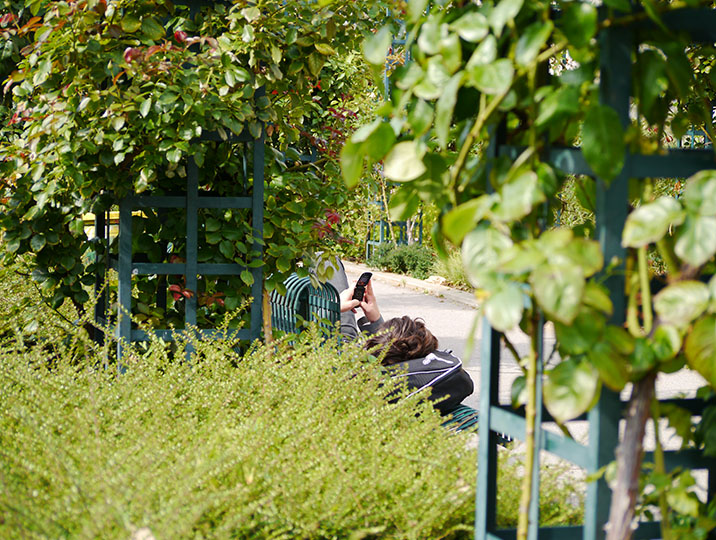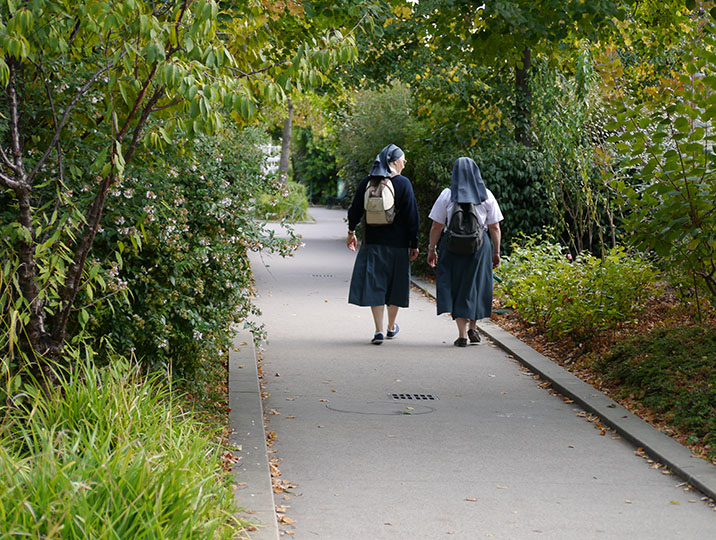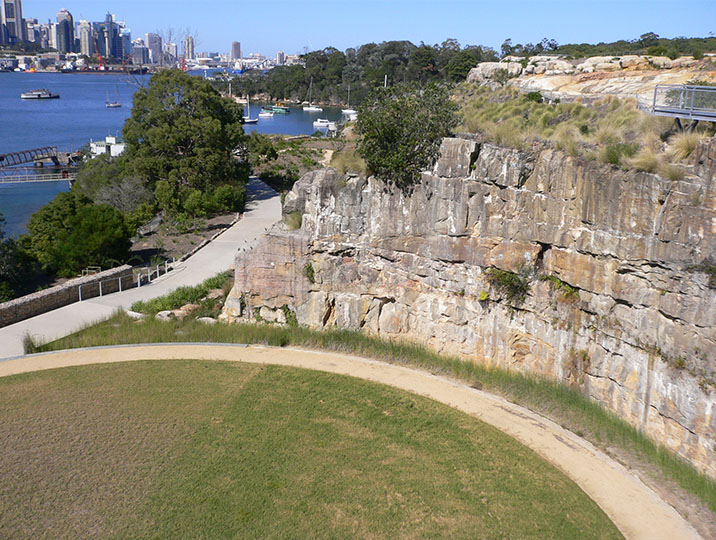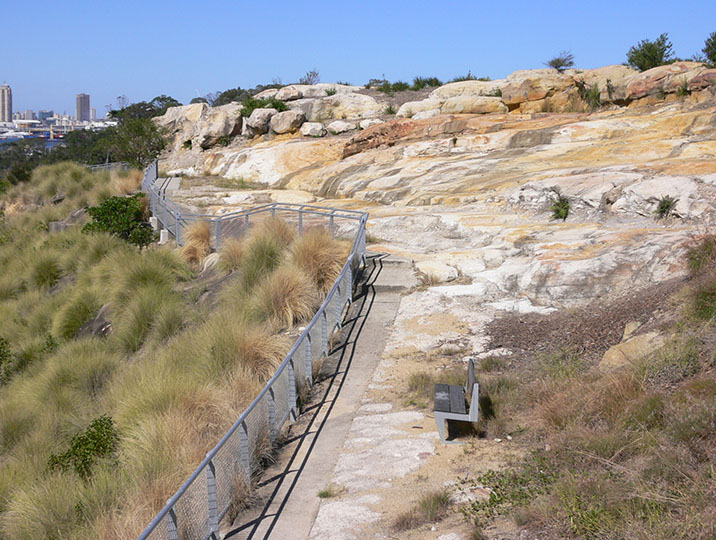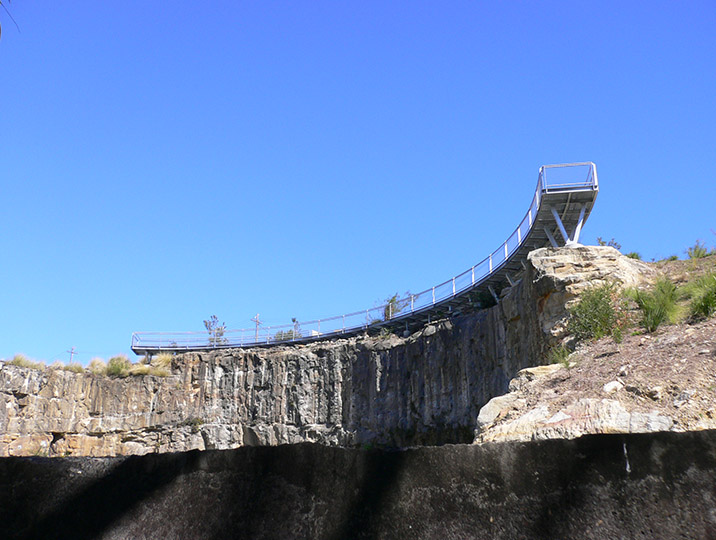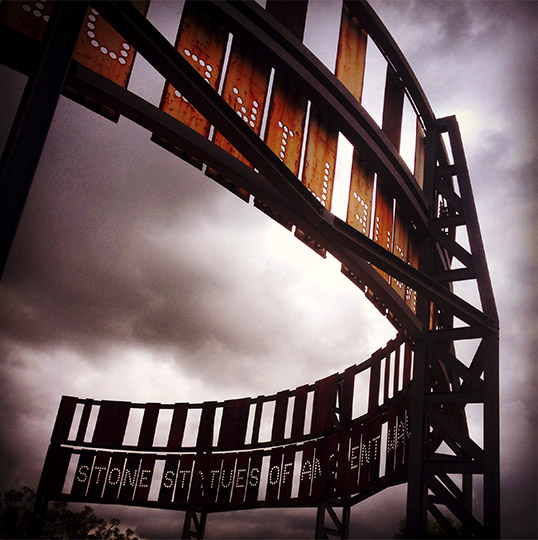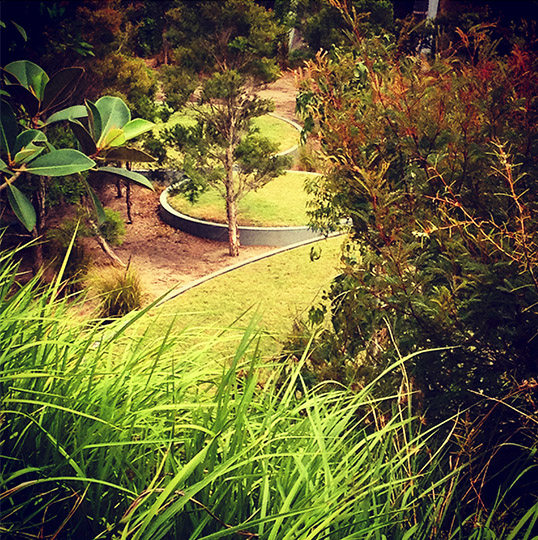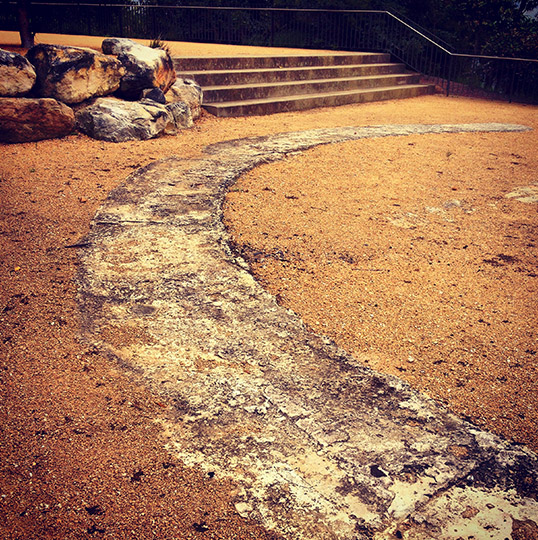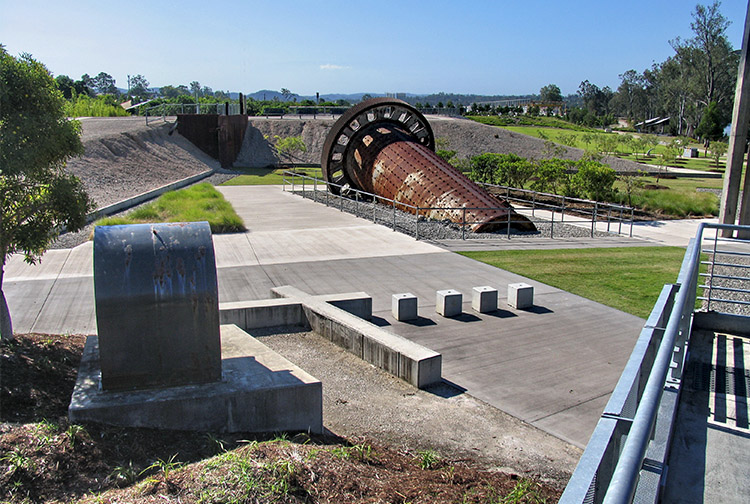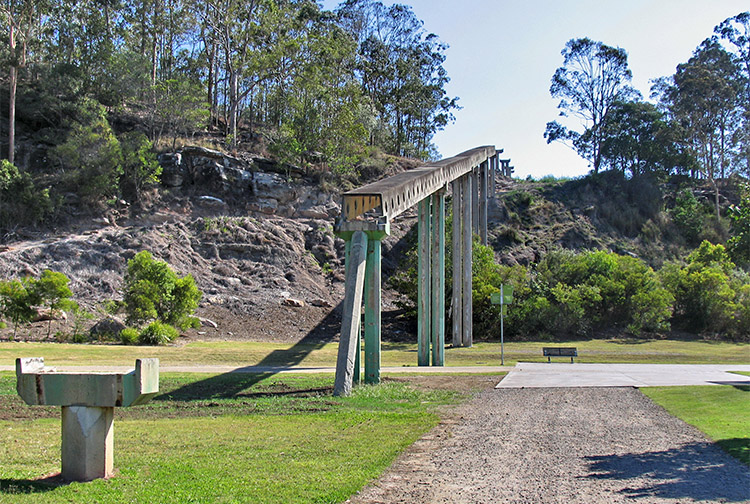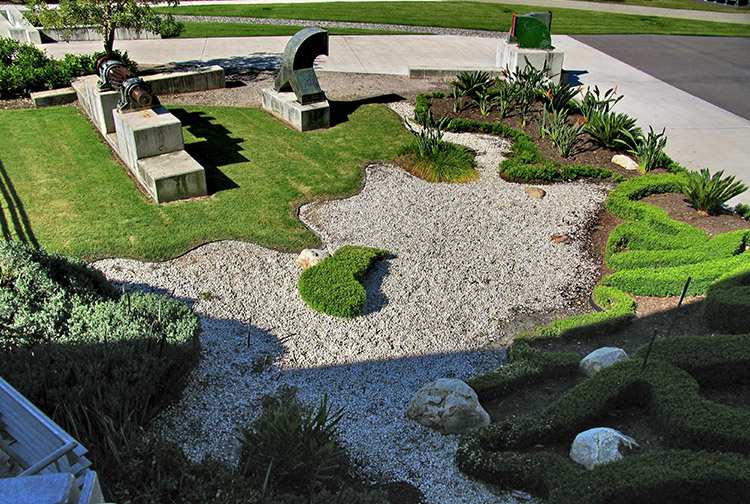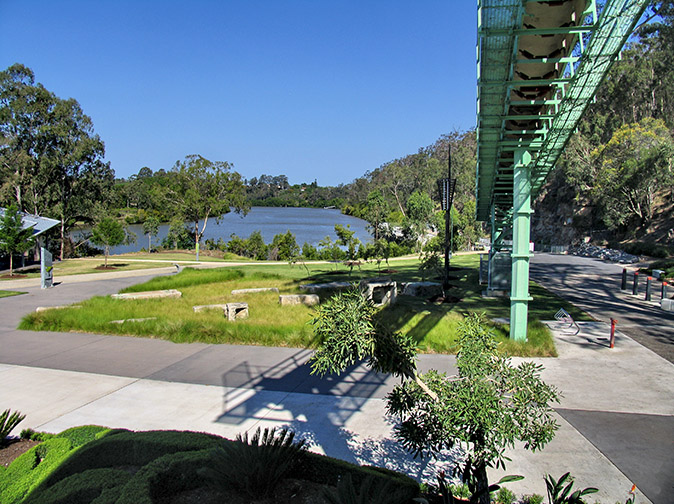In the past week two major public realm projects opened in Sydney: Barangaroo Reserve and The Goods Line.
Both are on my list to visit next time I'm in Sydney, and both were created on former industrial sites.
The dominant landscape element of Barangaroo Reserve, to the west of the Sydney Harbour Bridge, is a craggy, curvy 14 kilometre-long shoreline, made of 10,000 sandstone blocks.
The stone follows the line of the harbour headland as it existed at the time of European settlement, even though it was almost immediately subject to modifications, becoming one of the city’s oldest industrial sites.
Today few traces remains of the former shipyards: an 1820s slipway was discovered and allowed to stay, but the Ports Control Tower is getting the chop.
With Barangaroo Reserve, Sydney gains six hectares of lushly planted inner-city parkland, with a beautifully detailed and richly textured edge that allows visitors direct access to the harbor.
The deliberate erasure of such a large part of the site’s history – its industrial use – has been controversial from the start.
It’s a different story at The Goods Line, which follows the path of a short but important section of railway that transported goods between Darling Harbour and Central Station.
Now it functions as a public place with pedestrian and cycle access, lawns and planting, event spaces, water play and breakout spaces from adjacent UTS.
The Goods Line retains the original rail tracks and also uses robust detailing and materials – concrete, steel, timber – that reflect the former industrial use of the site.
Which is the right approach? I’ll leave that for you to consider.
Personally, I enjoy visiting places that reveal some of the stories of their past, particularly when those stories challenge me to think about the way we make our cities.
When we needed goods to arrive by ship and train there was no question that our harbours and rivers would be fringed with jetties and wharves and webs of train tracks.
We planned and built parks in other places, and never the twain did meet.
Then industry started abandoning the inner city, moving to bigger facilities further out or closing altogether. What could be done with all the now-redundant factories, railways, warehouses, and refineries, and the thousands of hectares of land?
Gasworks Park
In 1975 a strange new sight appeared on the banks of the Lake Union, overlooking downtown Seattle.
The land was previously home to the Seattle Gas Light Company, whose sprawling array of coal gasification pipes, tanks, gasometers and chimneys ranged across the slopes and into the sky. When natural gas came into use the plant was closed. The city decided to convert the waterfront land into a public park and landscape architect Richard Haag was tasked with its design.
Right in the middle of the site stood the hulking remains of the Seattle Gas Light Company. They were to be demolished to make way for the park, but Richard Haag had other ideas. He proposed keeping the ruins and incorporating them into the park. Many thought he was crazy. Others were excited by his vision of a park that revealed some of its past use and history.
When it opened Gas Works Park changed the way we thought about parks in our cities: it had become the world’s first post-industrial park.
Since then many cities have created new parks incorporating the remnants and ruins of former industrial uses. Here are a few of my favourites:
Gantry Plaza State Park
If you prefer your parks to come with full frontal views of the Empire State Building, United Nations headquarters and midtown Manhattan, then this is the place for you.
The hulking gantries were once used for loading and unloading rail car floats and barges on Long Island. Now they frame four piers, lawns, riverfront promenades and terracing stonework that wanders down to the water’s edge. The park’s website recommends taking “that special date to the park for a truly romantic evening under the ambiance of the New York moonlight...” Wowsers.
Landschaftspark Duisburg Nord
This is the best known of the nearly 100 projects created throughout Germany’s Emscher River valley in response to the decline of the East German coal industry. The unemployment rate rose to 15%, scores of smelters, refineries, coking plants and mines were closed, and nearly a century of heavy and extractive industry had created a landscape that was hugely altered.
The government instigated a ten-year process to achieve economic, environmental and urban revitalisation. In a radical move, everything from the industrial past was deemed worthy of preserving. The former blast furnace is the largest, but by no means the only piece of remnant infrastructure at Landschaftspark Duisburg Nord.
The High Line
Have you been lying in cryogenic stasis in a top secret government installation for the past five years?
I reckon that could be the only possible explanation for not having heard of the High Line, the New York park built atop a former elevated rail line.
Famously saved from demolition by community not-for-profit group Friends of the High Line, the three stages of the park were designed by James Corner Field Operations, Diller Scofidio & Renfro, and Piet Oudolf. Today is it one New York’s most visited places, and mayors around the world are on a quest to find their own local ‘High Line’, in the hope of emulating its incredible success and popularity.
Promenade Plantée
In the rush to ooh and ahh over the High Line, many failed to acknowledge its predecessor. The Promenade Plantée has been welcoming visitors to its lofty Parisian heights since the early 1990s. As well as the elevated park, the former railway viaduct also houses boutique shops and galleries in its elegant, arched structure.
The Sydney Harbour Parks
Let’s hop back to Sydney, where a clutch of truly fabulous post-industrial parks is dotted around the harbour.
Carradah Park was built on the site of a former BP storage facility – the massive circular sandstone rock faces were created by blasting the site to house the storage tanks.
Close by on the Waverton peninsula is the Coal Loader, formerly a coal transfer depot, and now home to waterfront parkland, community gardens, nursery, sustainability centre and more.
On the opposite side of the harbor is Ballast Point Park, located on the site of an imposing private residence and then a Caltex production facility.
Rocks Riverside Park
For those of us in Brisbane, a trip to western ‘burbs is required to visit this great park, which incorporates ruins and remnants from its former use as the Queensland Cement Limited quarry.
“It seems, in fact, that the more advanced a society is, the greater will be its interest in ruined things, for it will see in them a redemptively sobering reminder of the fragility of its own achievements. Ruins pose a direct challenge to our concern with power and rank, with bustle and fame. They puncture the inflated folly of our exhaustive and frenetic pursuit of wealth.”
So next time my inflated folly needs puncturing, I’ll be heading straight to the nearest post-industrial park and enjoying the redemptively sobering aura of its ruins.
How about you?



